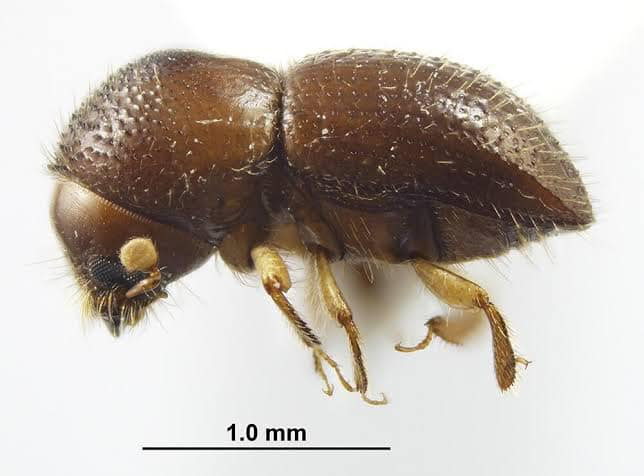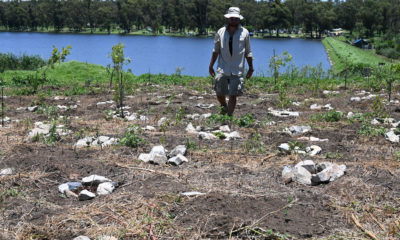
OpEds

Israel could help SA tell forest from trees
Tu B’Shvat translates in English to the 15th day of the Hebrew month Shevat, and is the day we celebrate the birthday of fruit trees.
The Torah states that the first three years of fruit that a tree gives cannot be eaten, and the fruit of the fourth year must be offered to priests in the Temple as a gift of thanks. The fruit from the fifth year onwards, however, can be used and commodified.
This Torah obligation raises the question of when, exactly, a tree has its birthday. The rabbis decided on the 15th of Shevat to mark the date of a tree’s life, regardless of when the tree was planted. The reason for this date was that in Israel, the 15th of Shevat takes place after mid-winter, when most of the annual rain has already fallen, leaving healthy soil that’s full of water, thus the perfect date for a tree to be planted.
I like to think that trees were also given a birthday because they’re good at blowing out birthday candles.
Tu B’Shvat is also considered to be Jewish Earth Day, in which we discuss environmental concerns and our shared responsibility to look after the earth. In this light, there’s an environmental issue that threatens a quarter of all trees in South Africa – that’s 65 million trees – and is being caused by something the size of a pomegranate seed.
The Polyphagous Shot Hole Borer (PSHB) beetle is a tiny black beetle that originates from Southeast Asia. The beetle first arrived in South Africa in 2017 as a result of international trade of plant material. Starting in Pietermaritzburg, it has since spread to all provinces in South Africa except Limpopo. The PSHB beetle, together with a type of fungus called Fusarium euwallaceae, works to invade and eventually kill trees.
But how does a pomegranate seed-sized bug and a mushroom threaten the biosphere of an entire country?
In summary, female adult PSHB beetles burrow into trees and establish an area to lay eggs. When doing so, the beetle also introduces the Fusarium euwallaceae fungus. This fungus acts as a food source for the larvae and adult beetles, and later invades the tree’s vascular tissue, which essentially stops all water and nutrients from being transported around the tree. Subsequently, this leads to the deterioration of the tree from the top down, and its eventual death. Fairly brutal.
As problematic as this sounds, according to Cape Town’s Invasive Species Unit, the problem is being dealt with through the identification and removal of highly infested trees in order to decrease the beetle population. South Africans are being asked for their assistance in identifying infected trees, and are encouraged to report any sightings to the city.
In 2009, the PSHB beetle was found in avocado orchards in Israel, and has since had an impact on Israel’s avocado industry. Israel’s reputation of being at the forefront of environmental innovation is exemplified by its water-management plans, community forests, and Jewish National Fund-funded research concerning agriculture and the wider environment, and by leading scientific and academic institutions around the world.
With Israel being at the forefront of so much environmental innovation, and with it going through the same issue, it would surely be beneficial to hear what advice could be offered to South Africa in order to prevent this natural disaster?
In spite of public participation being an optimistic method of saving one quarter of our trees and our subsequent biosphere, perhaps a method that includes public participation but doesn’t solely rely on it would be more appropriate for the level of urgency needed.
More information about the PSHB beetle and what to look out for can be found at: https://www.capetown.gov.za/City-Connect/Activities-and-programmes/Nature-and-environment/invasive-species-programme
- Jessica Conné graduated from the University of Cape Town with a Bachelor of Social Science, majoring in environmental and geographical science, media, and sociology.








